detail profile lenny bruce
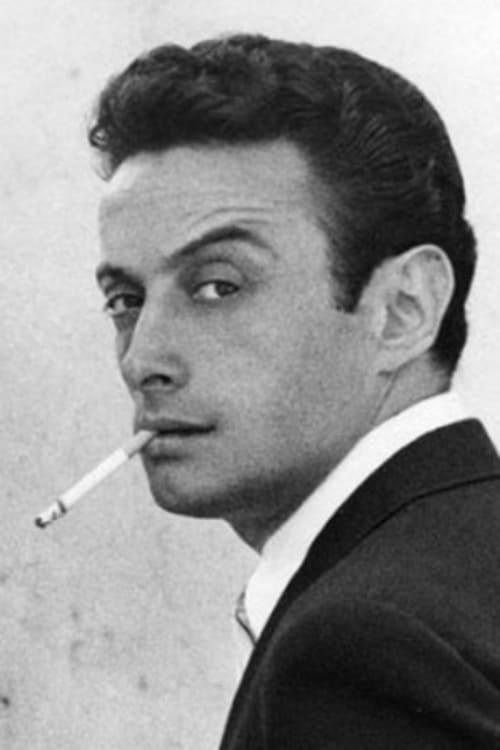
Lenny Bruce
Leonard Alfred Schneider
atau dikenal sebagai
Riwayat Hidup
Leonard Alfred Schneider, better known by his stage name Lenny Bruce, was an American stand-up comedian, social critic, and satirist.
He was renowned for his open, free-style and critical form of comedy which integrated satire, politics, religion, sex, and vulgarity.
Branded a "sick comic", Bruce was essentially blacklisted from television, and when he did appear these performances was facilitated by fans like Hugh Hefner and Steve Allen.
In 1951, Bruce met Honey Harlow, a stripper from Manila, Arkansas.
They were married that same year, and Bruce was determined she would end her work as a stripper.
Throughout the final decade of his life, Bruce was beset by severe drug addiction.
Info Pribadi
Peran Yang Di Mainkan Lenny Bruce
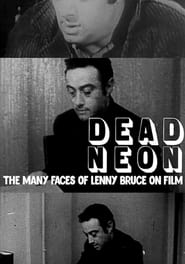 Lenny Bruces depiction on film did...
Lenny Bruces depiction on film did...Dead Neon: The Many Faces of Lenny Bruce on Film 2023
Lenny Bruce's depiction on film did not start or end with Bob Fosse's Lenny (1974). Through these other often offbeat cinematic incarnations, this essay piece considers how Lenny Bruce was the perfect Bob Fosse subject, and how Fosse's focus on the lives of performers invigorated his portrait of the controversial, trail-blazing comic.
 The iconic Mister Kellys bedazzled the...
The iconic Mister Kellys bedazzled the...Live at Mister Kelly's 2021
The iconic Mister Kelly’s bedazzled the country by launching superstars like Barbra Streisand, Richard Pryor, Bette Midler, and Steve Martin. It smashed color and gender barriers to put controversial voices on stage and transformed entertainment in America in the '50s, '60s, and ’70s.
 Feature documentary about humor and the...
Feature documentary about humor and the...The Last Laugh 2016
Feature documentary about humor and the Holocaust, examining whether it is ever acceptable to use humor in connection with a tragedy of that scale, and the implications for other seemingly off-limits topics in a society that prizes free speech.
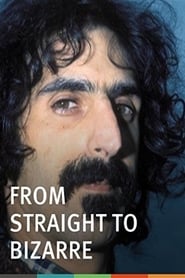 Documentary about the rise and fall...
Documentary about the rise and fall...From Straight to Bizarre 2012
Documentary about the rise and fall of Frank Zappa's record labels, Bizarre and Straight which featured a collection of acts that included: Alice Cooper, The GTOs, and Wild Man Fischer.
 Indepth documentary that uses Lenny Bruces...
Indepth documentary that uses Lenny Bruces...Looking for Lenny 2011
In-depth documentary that uses Lenny Bruce's legacy to explore the present condition of the fear of words and expression.
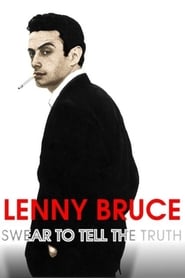 In 1948 Lenny Bruce was just another...
In 1948 Lenny Bruce was just another...Lenny Bruce: Swear to Tell the Truth 1998
In 1948, Lenny Bruce was just another comic who couldn't get arrested. By 1961, all that would change.
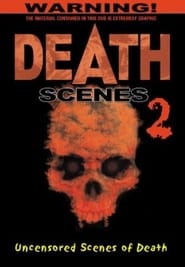 DEATH SCENES II continues the exploration...
DEATH SCENES II continues the exploration...Death Scenes 2 1992
DEATH SCENES II continues the exploration into the dark recesses of violence and rage that ended in such heinous crimes as the Manson Family's assault on society. You'll see the gruesome aftermath of mob reprisals, public executions and international terrorism. DEATH SCENES II uniquely ushers the brave and curious into a spellbinding trip through the reality that is our world today.
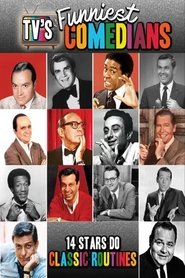 A compilation film of stand up...
A compilation film of stand up...TV's Funniest Comedians - 14 Stars Do Classic Routines 1986
A compilation film of stand up performances and comedy routines featuring some of the biggest stars in the early years of television. This film was directed by Sandy Olivieri. Here is a partial list of the performers who appeared in the film Bob Newhart, Mort Sahl, Jack Benny, Lenny Bruce, Johnny Carson, George Carlin, et al.
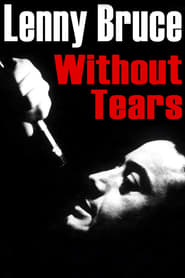 The outrageous groundbreaking comic Lenny Bruce...
The outrageous groundbreaking comic Lenny Bruce...Lenny Bruce: Without Tears 1972
The outrageous, groundbreaking comic Lenny Bruce, whose iconoclastic material in a conservative era got him into tragic trouble, is profiled by a close friend, Fred Baker, who prefers to remember the laughs Lenny Bruce's memory evokes instead of the tears. By presenting Bruce's landmark skits on the Steve Allen Show, his failed TV pilot episode and a candid interview with Nat Hentoff, Bruce's genius and anguish show through the dramatic and tragic trajectory of his career from aspiring artist to hunted "lawbreaker".
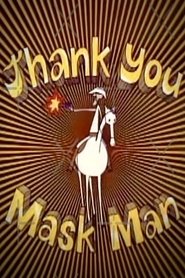 This short animation set to Lenny...
This short animation set to Lenny...Thank You Mask Man 1971
This short animation set to Lenny Bruce's live monologue tells how the Lone Ranger hooks up with Tonto. With Bruce doing all the voices, this animation begins with local folks upset at the Lone Ranger because he won't stay around to be thanked after a good deed. So, he stays and finds he likes hearing "Thank you mask man." When their attention starts to shift elsewhere, he shocks and disgusts the townspeople with a final request. According to the cartoon’s producer John Magnuson, at early showings of this, gay audiences were upset by its apparent “fag-bashing”. And it’s true, part of the fun of the piece is just crying out “Masked man’s a fag”, scandalising and defacing the image of this all-American hero. But it’s within the larger context of Bruce’s analysis of heroism, and that the towns people reject the Masked Man is because of their prejudices, not because Bruce is asking us to endorse them. (from: http://ukjarry.blogspot.de/2010/01/352-lenny-bruce-thank-you-mask-man.html)
 Iconoclast Lenny Bruce appears at San...
Iconoclast Lenny Bruce appears at San...Lenny Bruce in 'Lenny Bruce' 1967
Iconoclast Lenny Bruce appears at San Francisco's Basin Street West in what was his next-to-last live appearance. His act that night consisted of reading allegations and transcripts from one of his several obscenity trials and then commenting on what he'd actually done or said. While there are some "bits" in the performance (including the prison riot with Dutch, the Warden, Father Flotski, and Sabu, the prison doctor), this is much more a social commentary on government intrusion and censorship than it is a comedy routine.
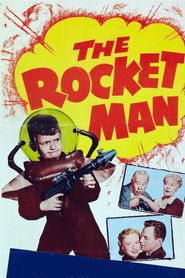 After procuring a special ray gun...
After procuring a special ray gun...The Rocket Man 1954
After procuring a special ray gun, a precocious orphan helps his community by exposing the shady doings of local government, and plays a part in a cute couple getting together.
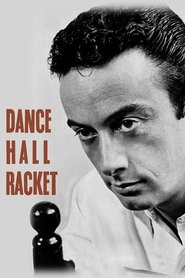 A gangster who operates a sleazy...
A gangster who operates a sleazy...Dance Hall Racket 1953
A gangster who operates a sleazy dance hall uses a sadistic bodyguard to keep his girls afraid and his customers in line.
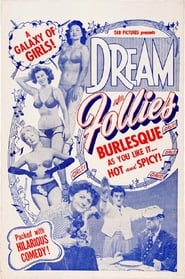 A group of male office workers...
A group of male office workers...